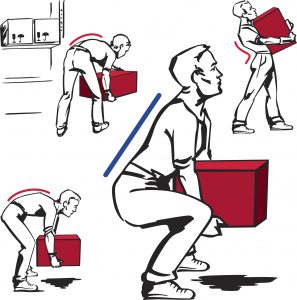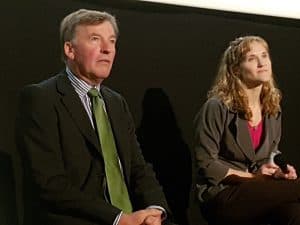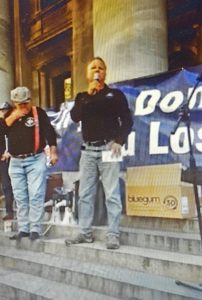 Everyone knows the safe lifting techniques – keep your back straight, keep the load close to your body and bend your knees – because they have done the proper training. Well scrap that training! According to new guidance from Workplace Health and Safety Queensland (WHSQ):
Everyone knows the safe lifting techniques – keep your back straight, keep the load close to your body and bend your knees – because they have done the proper training. Well scrap that training! According to new guidance from Workplace Health and Safety Queensland (WHSQ):
“The research evidence shows that providing lifting technique training is not effective in minimising the risk of injury from manual tasks.”




 Following the resignation of Andrew Puzder, President Trump has nominated
Following the resignation of Andrew Puzder, President Trump has nominated 